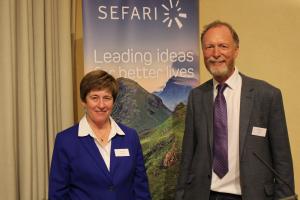
We live in a world which is ever more complex. SEFARI is committed to the use of research and knowledge to help us better understand the world around us, and to make better decisions. Science education underpins all our work – on the premise that learning is for everyone, and certainly not confined to the school classroom. SEFARI works with partners to utilise our research for shared learning and experience.
Sector Contact

Case Studies
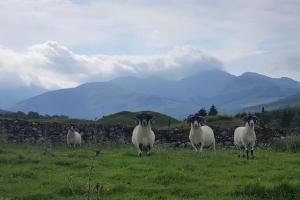
With the pandemic turning our lives upside down, the use of digital communication has accelerated overnight. Webinars, Teams meetings, Digital classrooms, Virtual brainstorming boards, to name but a few. They have all helped in keeping us connected from the safety of our own homes. However, these virtual technologies achieve so much more than simply enabling conversations to continue. They have removed barriers - social, physical, economic, geographical - and in removing these barriers they have made research more accessible.
In this blog, Dr Lorna Cole, discusses the recent creation of a series of virtual tours at five of our leading SEFARI research farms, in a SEFARI Gateway Responsive Opportunity funded project. The tours are readily accessible through the Google Earth platform, giving everyone access to the countryside and allowing us to learn more about the research that is being conducted on SEFARI’s research farms.

The past year has been, and 2021 will undoubtedly remain, challenging for us all. At Gateway we are focussing our efforts on continuing to support the COVID-19 recovery response while maintaining momentum for knowledge exchange partnership working across environment, land, agriculture, food and rural community priorities.
In particular, we are building upon opportunities to accelerate action towards a green recovery, climate and biodiversity action and just transition for net zero emissions. Gateway is supporting these and other key agendas such as health and wellbeing, by providing extensive access to Scottish Government strategic research and expertise through our funded projects which we are also increasingly interlinking projects to maximise the value of evidence and to further enhance stakeholder linkages.
This update follows on from our previous update in June 2020 and outlines our more recent funded projects and activity.

Currently, we are all experiencing unique working conditions, leading us to adapt to new ways of engaging and learning.
In this blog Dr Claire Hardy, who was awarded SEFARI Gateway Responsive Opportunity Funds, explores the use of virtual technology to engage farmers and the agricultural community, helping farmers to experience in-field events safely, flexibly, and remotely.

Winter is here and this might conjure thoughts of cosy nights by a fire, mulled wine, and the holiday season. However, it also brings colder days and longer nights and for some Seasonal Affective Disorder (SAD).
In this guest blog, Eilidh McNaughton outlines what SAD is, the causes, and provides some tips on how we can all look after our wellbeing this winter.
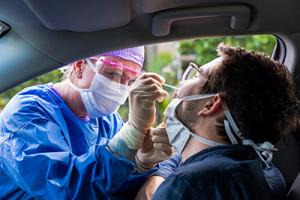
The importance of on-line educational resources that connect scientists with young learners has been brought into sharp focus during the COVID-19 pandemic.
In this blog, Dr Eleanor Watson describes a new curriculum-linked resource, which details the technology that is used to detect the SARS-CoV-2 virus and diagnose COVID-19.
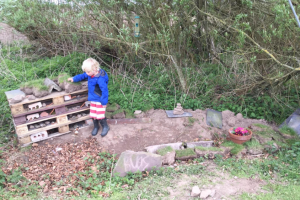
As part of a series of educational materials being released by SEFARI, this blog offers an outdoor and active learning activity, whilst helping the environment too.
This activity, for children, is suitable for your own back garden and finds a good use for your garden waste by building shelters for your local wildlife from readily available natural materials.
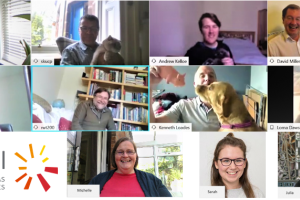
In this blog, we thought we’d let you know the latest developments from SEFARI Gateway, as we continue to work together even though we are currently physically apart.
For us, lockdown has really emphasized our love of nature (on daily walks, in the garden or by virtually meeting each other’s pets, now so much a part of the virtual meeting world!). Gateway’s work itself has been intensive. The strengths of our stakeholder partnerships and an adaptable approach to connecting across knowledge networks has hugely benefitted us and provided new ways to work.

In this blog, Professor Lorna Dawson outlines why soil is so important and how she has been involved in creating a range of online, free to access, educational resources on soils - focussing in particular on the soils of the crofts.
Resources, that can readily be undertaken at home, include a range of practical activities such as cooking, crosswords, creating a wormery, making a composter - as well as suggestions for those interested in learning more about soils, crofting and rural communities.
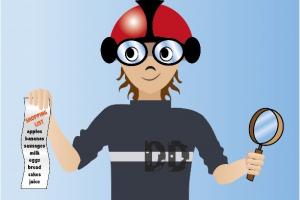
In this blog we discuss our new project called Diet Detectives, which is supported by SEFARI Gateway's Responsive Opportunity Fund. Helping young people understand where their food comes from and how to eat a balanced diet has always been a key goal of the Rowett Institute's research and community outreach programmes. We are facing a climate emergency and this activity introduces ideas behind the environmental impact of diets and how the food we choose to eat can have an impact.
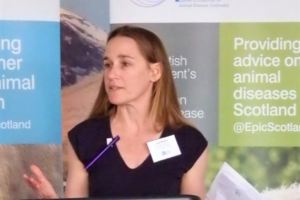
The UK government stated strategy is to manage the COVID-19 pandemic “led by the science”. However, calls for more transparency about what this really means are getting louder.
Mathematical models and simulations are driving the world’s response to COVID-19. Epidemiological modelling is by no means the only source of intelligence that politicians are taking into account when decision-making about our health, but articles like these: “Behind the Virus Report That Jarred the U.S. and the U.K. to Action” and “The battle at the heart of British science over coronavirus” make it particularly eye-catching.
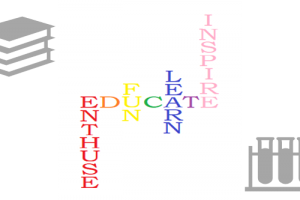
Online educational activities and resources are needed more than ever at the moment to help with home schooling. In this blog, find out how SEFARI is trying to help by making our educational resources more accessible and discover a few of our activities on food, agriculture and the environment that are either available now or are coming very soon.

Despite national dietary guidelines, our typical diet still contains too many calories, saturated fat, salt and sugar, whilst having insufficient amounts of fibre, fruits, vegetables and fish. Advice for healthier diets proliferates, but many people may not know how to make sense of all these messages, how reliable they are and how to use them in a retail environment where food producers use sophisticated marketing strategies to promote specific (and often unhealthy) products.
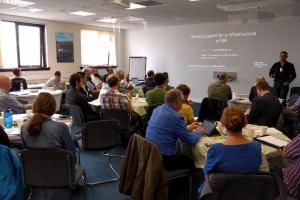
High Performance Computing (HPC) is making major contributions across a wide breadth of scientific disciplines and is essential for advanced data processing for data visualization, mathematical modelling, data simulations and computational biology. HPC is also a topic we have a range of expertise in across SEFARI and is vital to our research.
In July, forty scientists and system administrators came together to share their experience for a unique and inspiring day of talks and discussions on using high-performance computing for science. The workshop was funded by the SEFARI Responsive Opportunity Fund and organised by Sue Jones, Iain Milne and Gordon Stephen from the James Hutton Institute’s Information and Computational Sciences Group who discuss their recent activities in this blog.
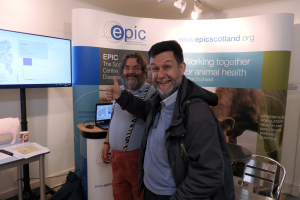
In a previous blog article we described the development of the Cowtastrophy web app which was funded by the SEFARI Gateway’s Responsive Opportunity Fund. The main aim of the app is to communicate some of the key concepts which drive livestock disease control policies to a non-scientific audience. In particular, we see the app as a tool to support knowledge exchange at public events.
The Cowtastrophy web app was developed with helpful input from EPIC (the Scottish Government-funded Centre of Expertise in Animal Disease Outbreaks) and we were delighted to be able to present Cowtastrophy as part of EPIC activities at the Royal Highland Show in June this year. We were able to talk to plenty of visitors and use the app as part of an informal, but structured process to support learning.
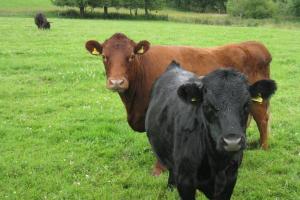
The 2001 outbreak of Foot and Mouth Disease in the United Kingdom led to the culling of over six million animals and cost an estimated £8bn. The outbreak had a huge impact on rural communities. In this blog, a team of researchers from across SEFARI outline how they have developed an app to illustrate the dilemmas faced in controlling livestock disease outbreaks including some of the key concepts which influence disease control policies.
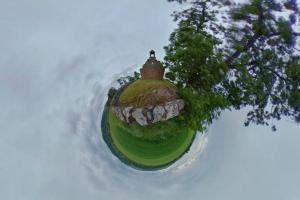
Working in research we regularly need to focus on the detail, but it is still important to take a step back and look at the bigger picture - so for this year’s Royal Highland Show we decided to use technology to help.
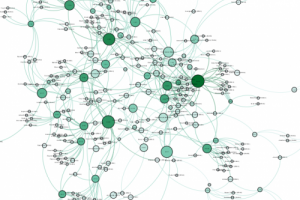
Complex, multidimensional, interconnected data can be extremely difficult to communicate effectively even using classic visualisation tools. Gone are the days when we can just draw a straight line through a 2D scatter graph.

Enlisting people’s help to keep our trees healthy was the task of a team representing SEFARI at the recent science showcase event UnEarthed, held at Dynamic Earth Edinburgh. The event was put on by the Natural Environment Research Council (NERC) to engage the public with environmental science through hands-on activities, and was the largest NERC showcase to date with over 7,000 people visiting between 17 – 20 November.
Pagination
Blog
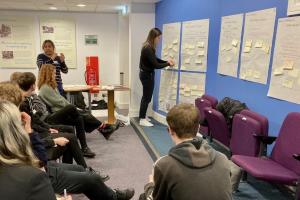
So, how can this stalemate situation be overcome? Is there a way that young people can be given agency over their future careers?
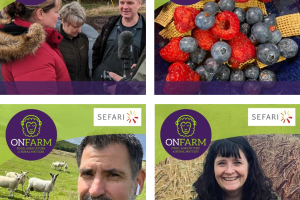
The project began following a previous year’s Royal Highland Show, where SEFARI colleagues such as the Rowett Institute, Scotland’s Rural College (SRUC) and Moredun have presences at the event.
